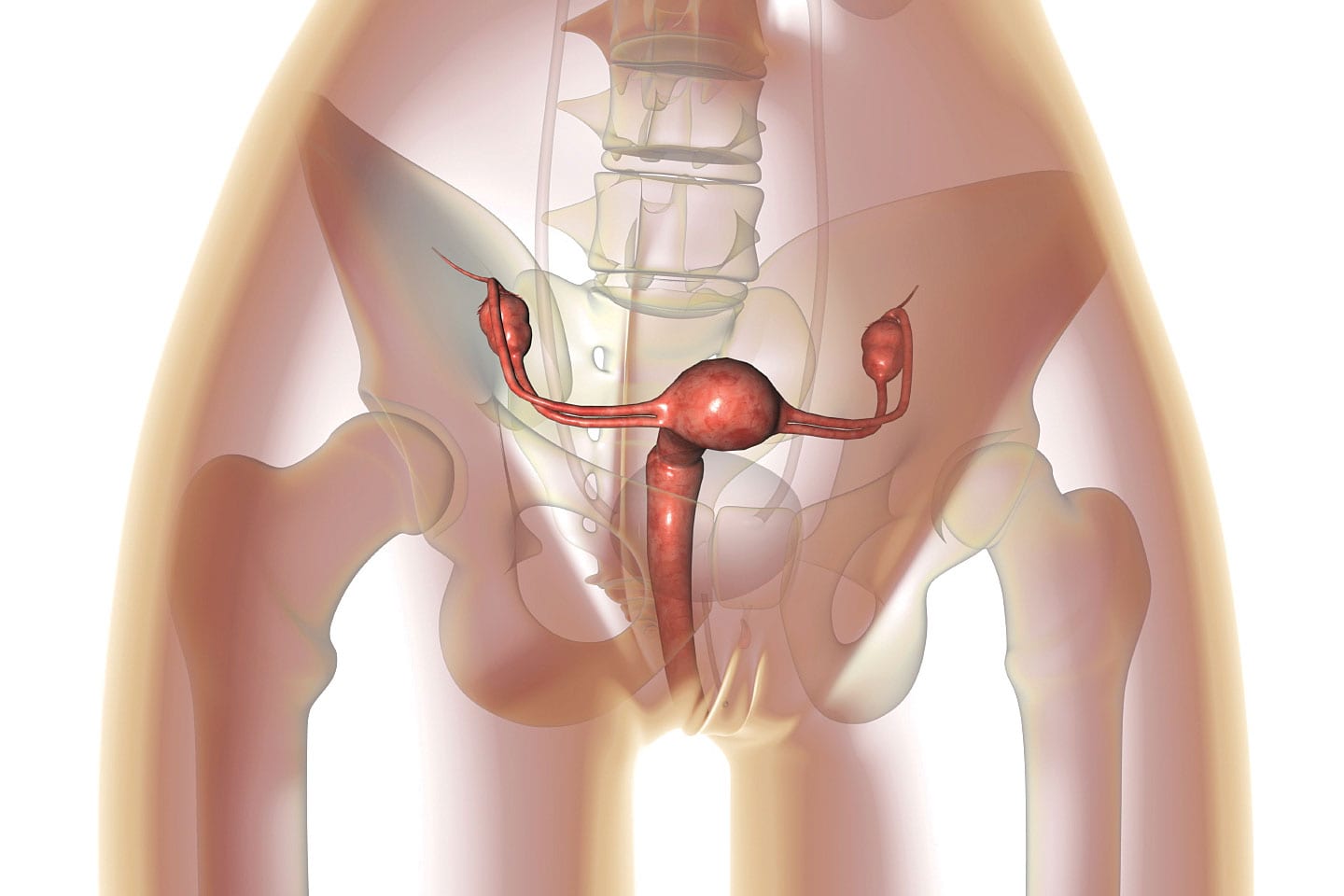What are ovarian cysts?
Ovarian cysts are fluid-filled sacs that form on or within an ovary. Although ovarian cysts are often associated with ovarian cancer, most cysts are functional, which means they are benign and usually disappear within 60 days. However, functional cysts should not be confused with others types of cysts that can be painful and even dangerous. Conditions such as polycystic ovary syndrome and ovarian cancer also involve growths on the ovaries.
By Jenna Haines
Full PDF here.
What are symptoms?
Most ovarian cysts are small and do not cause any symptoms. Some may cause a dull or sharp ache in the abdomen or pain during certain activities. Larger cysts can cause a twisting of the ovary that causes pain. Sometimes, a cyst can rupture, leading to serious problems that require prompt treatment.
What causes them?
The Cleveland Clinic states that functional cysts tend to form when the ovary is producing too much estrogen. Because the growth of these cysts often parallels ovulation, they most often occur during childbearing years. However, some types of cysts are unrelated to the normal function of your menstrual cycle. Women who are past menopause (ages 50-70) with ovarian cysts have a higher risk of ovarian cancer.
How are they detected?
If you suspect you have ovarian cysts, your doctor can test for them by performing a pelvic exam. If an enlarged ovary is found, further testing will be recommended. This may include blood tests, an ultrasound, or a laparoscopy, in which a thin tube with a camera is inserted into the abdomen.
How are they treated?
If you don’t have any bothersome symptoms, your doctor will most likely advocate “watchful waiting.” However, if you have frequent or painful cysts, a doctor may prescribe birth control pills. These do not decrease the size of current cysts, but they can reduce the risk of new ovarian cysts. Cysts that are not functional or are more severe in size can be removed surgically. If the cysts are cancerous, they may also require chemotherapy or radiation. To make sure you’re safe, remember to schedule regular pelvic exams and pay attention to any signs of trouble.
See Related Articles






